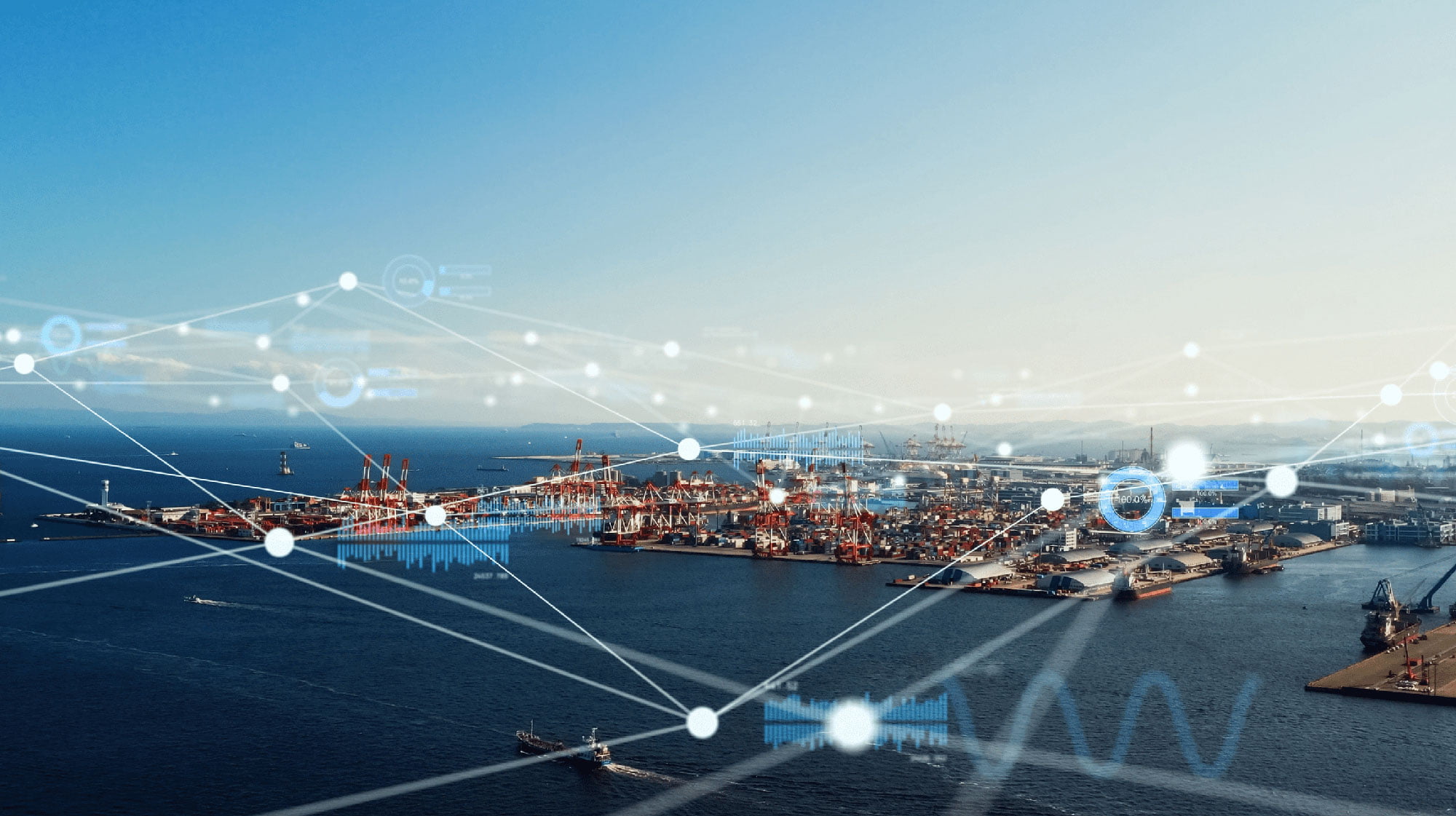The maritime industry is in the midst of a revolution, with navigation automation emerging both in the open sea and onshore. By 2035, Lloyd’s Register expects that the sector will have shifted entirely towards autonomy for seafaring and inland ships — mirroring a similar timeline to the automotive industry.
Many ports have already adopted new automated technologies to improve the supply chain process. And today’s vessels are equipped with advanced systems, such as automatic identification systems (AIS), tracking aids and autopilot — all of which make sailing at sea safer and smoother.
Now, we are also starting to see the first glimpses of fully unmanned, self-piloting and self-managing vessels. The long-awaited autonomous YARA Birkeland container vessel was delivered to its owner Yara International late last year and is now undergoing testing before further preparations for autonomous operation begin. A number of proximity sensors will support the ship’s navigation and independent operations, including a radar, an AIS, a light detection and ranging (LIDAR) device and an imaging system.
A joint project between Svitzer, Kongsberg Maritime and the American Bureau of Shipping (ABS) is also aiming to develop the RECOTUG — a remotely controlled commercial tug that will be fully operated from a remote onshore operations centre. As well as this progression in shipping, there are also plans for autonomous cruise ships.
What does automation mean for navigation?
Most vessels now have automated systems onboard to improve navigation, but what about navigational aids outside the ship, such as buoys and lights? For true automation, all the different aspects of the maritime industry must function together cohesively.
GPS plays a vital role in the navigation of autonomous vessels by providing positioning information, which allows ships to safely navigate around ports, harbours or offshore sites such as oil and gas rigs. Some locations, including narrow harbour channels, demand positioning solutions with the highest accuracy and reliability.
The Kanaton transponder is an AIS for aids to navigation (AtoN), including data buoys — but it can also be used at renewable wind and wave energy sites or oil and gas platforms. The system broadcasts information regarding an AtoN’s identity, position, battery condition and navigation status, allowing mariners to obtain vital information to avoid collisions, such as warning them if a buoy moves off position.
Through the web-based LightGuard Monitor and mobile app, seafarers can also monitor coastal sections or large seaports with hundreds of objects as well as smaller working ports or marinas with only a few stations.
Although we are still several years away from seeing completely autonomous vessels with no crew onboard in commercial operation, there is no doubt that autonomy is progressing fast across the maritime industry. And these advancing navigational technologies will go a long way in improving safety and efficiency, as well as reliability and cost-effectiveness.
Hydrosphere has been supplying high-quality, reliable and cost-effective aids to navigation solutions to the maritime industry since 1994. We represent world-leading innovators in the production of marine navigation aids, offering durable buoys, quality navigation lights and more. Contact us today to find the right solution for your next project.








